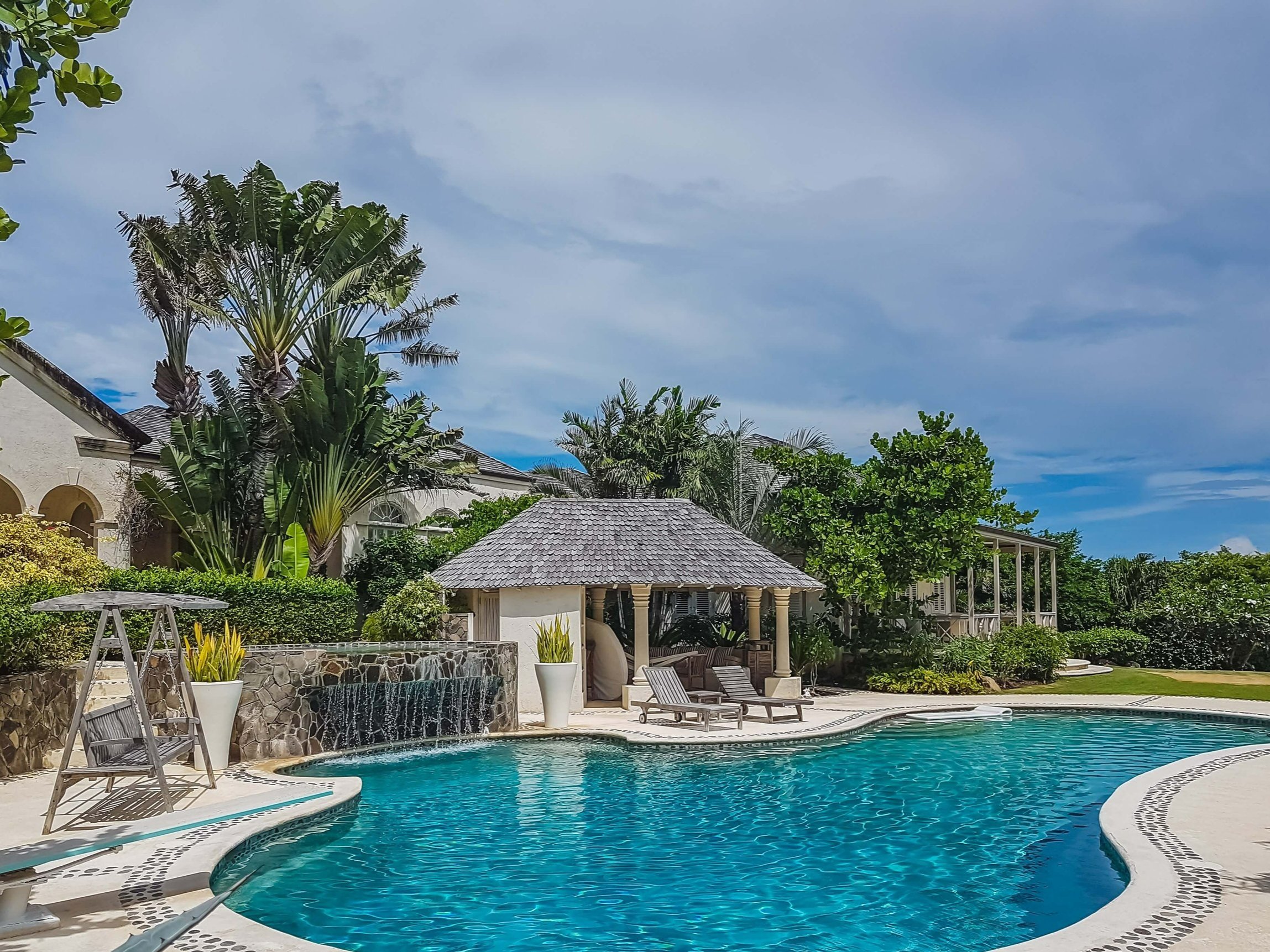Swimming Pools: Choosing a Design that Compliments Your Home and Property
Inground pool installation is a costly home addition and long-term commitment demanding numerous design, sizing, materials, and landscaping considerations. Before consulting a design professional, explore the possibilities to better express your ideas and desires
Are you adding an inground pool to create your own ultimate outdoor space? Pool installation requires significant landscaping and other important property changes. Before approaching a pool manufacturer or landscaper you can better communicate your ideas and manage your expectations if you consider:
Your overall budget
Pool construction: Concrete, Fibreglass or Vinyl – these three types of inground pools all offer pros and cons and take different budgetary bites
Space utilization, including entertaining requirements or additional safety construction
Your yard size in relation to the pool you desire
Yard topography – how slope and contour affect landscaping, pool installation and budget
Traditional or Natural Swimming Pool (NSP), i.e., will you use chlorine and other chemicals or natural plant life for water disinfection
Eco-Friendly Landscaping – going green is not only trending, but it can save you money and help the environment
Yard Size and Space Usage
Before installing a pool, consider your usage needs. Are you throwing parties, requiring extra seating and space, or looking forward to lounging poolside with your family? Is swimming laps a priority or do you enjoy floating about with a cocktail? Depending on children or local regulations you'll need gates, fencing, barriers, and other safety measures including proper lighting installation (which can also lend aesthetic appeal).
Your yard size, shape, and usage determine the pool you install. Pool sizes include:
Small or Spa Pool (Spool) - 20 ft x 10 ft to 22 ft 6 in x 10 ft
Cocktail Pool - 23 ft x 12 ft to 26 ft x 13 ft
Standard Pool - 28 ft x 14 ft to 30 ft x 15 ft
Diving Pool - 35 ft x 16 ft to 38 ft x 18 ft
Lap Pool - 36 ft x 14 ft to 40 ft x 16 ft
Different pool shapes, i.e., Double Roman, Figure Eight, Octagon, Lap Pool, etc., will present dimension and cost issues to consider. Studying current trends will better help you envision the perfect pool for your yard and home based on design and budget.
Topography
Your pool should complement and reflect your yard’s contour and slope. Its furthest side can follow the property line, while deck requirements (furniture, grill, etc.) inform the side closest to your house. Pool and house contours can mirror each other offering design opportunities for smaller properties or odd-sized lots. While slightly sloped land can be leveled, on steeper grades this is not desirable, economical, or ecological. Depending on your property’s size and slope, retaining walls can hold back erosion, prevent debris from falling on the pool deck or patio and add visual appeal. Pool walls can be extended vertically to create retaining walls while offering numerous design possibilities, or on larger hills, terracing techniques (multiple retaining walls) and multilevel patios present step-down effects.
Traditional or Natural Swimming Pools (NSP)
Traditional swimming pools use pumps, filters and chemicals to disinfect and clarify the water (saltwater pools are a compromise between traditional chlorine and no chemical additives). Natural swimming pools use aquatic plants in a separate second “pool” called a regeneration zone that “creates living, natural water that is a joy in which to swim.” NSPs enhance surrounding landscapes by appropriating natural water bodies and materials, though depending on the landscape and aesthetic choice, NSPs can mimic chlorine pools in design. Though more costly at installation, NSPs require less maintenance over their lifetime, but because there are effectively two pools (don’t forget the regeneration zone), NSPs usually take up more of your yard.
Concrete, Fiberglass, or Vinyl
Fiberglass, vinyl liner, and concrete pools offer distinct pros and cons. Concrete swimming pools are durable, and customizability is limited only by your space, your imagination, and your budget. Downsides include higher maintenance (including chemicals), high lifetime costs (including resurfacing), and longer installation times.
Fiberglass pool designs last for years, offer a smooth feel, can be installed quickly, require less maintenance, and lifetime costs are less than vinyl or cement. Because they’re shipped pre-molded, they have size and customizability restraints.
Vinyl liner pools can be highly customized, carry smaller upfront costs ($25,000), and offer a smooth feel. Downsides include liner replacement every five to nine years, rips and tears, and cost more over their lifetime than fiberglass or cement.
Eco-Friendly Landscaping
Depending on your space, lawn care can eat your budget so consider low-maintenance and cost-effective, and eco-friendly elements such as native plants and trees acclimated to local weather and climate. Mulch adds soil nutrients and regulates soil moisture, aiding your plantings and cutting your water bill, while groundcover grass alternatives like moss, clover, creeping plants, and herbs need little maintenance and water and offer beauty and fragrance. Though it may seem counterintuitive, artificial turf (synthetic grass) can be an eco-friendly groundcover using no resources other than occasional cleansing and take no maintenance. As you consider your tree and plantings remember that strategic placement keeps debris out of your pool and filtering system, saving you effort and wear and tear.
For most people, their home represents their greatest investment. Adding a pool can not only adds home value but can create an oasis away from work and a stressful world. Plan wisely and within your budget and work with talented professionals to best utilize your property and compliment your home.
Check out CADdetails for more ideas on enhancing your home and property
Author: Chris Ashton







